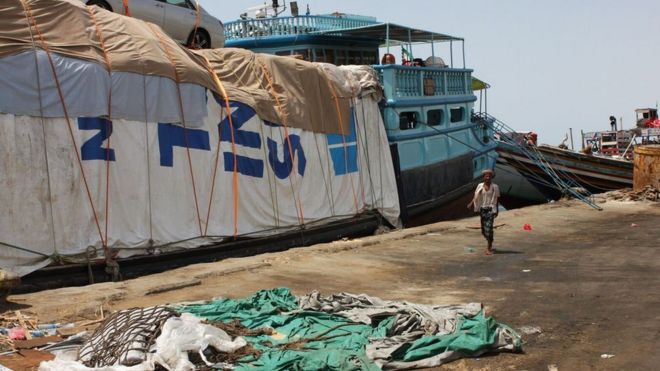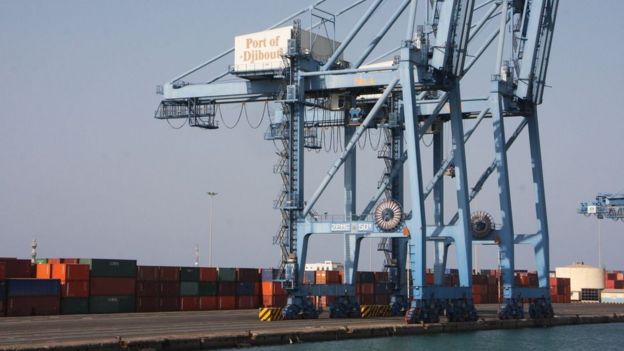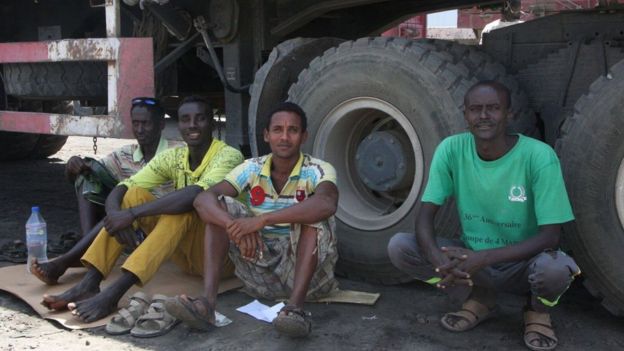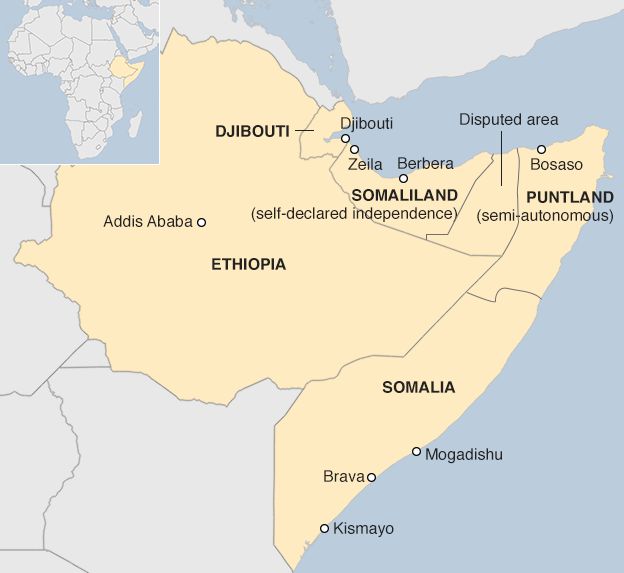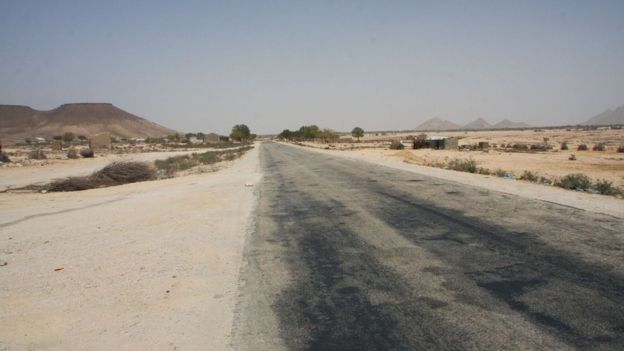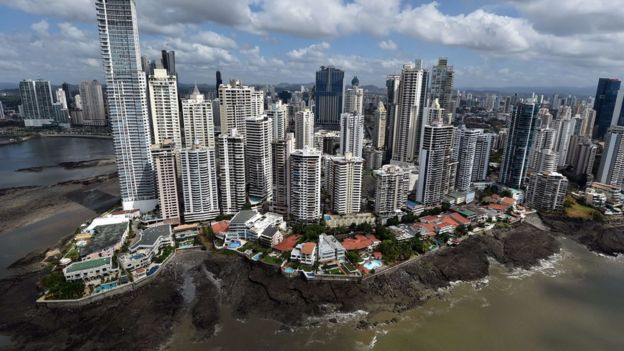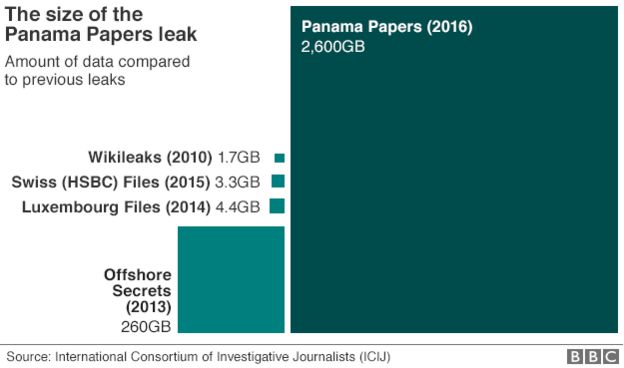From electrified railways to hydro power plants, a number of Chinese projects continued to spring up and boost development in Africa this year amid blossoming Sino-African cooperation.
The following is a Xinhua review on major Chinese-built or Chinese-funded infrastructure projects that began or finished construction in sub-Saharan Africa in 2016:
ETHIOPIA-DJIBOUTI RAILWAY
Ethiopia on Oct. 5 launched its first electrified railway linking its capital and Djibouti, with officials hailing the Chinese-built rail as the latest testament to the Sino-African friendship.
The 752.7-km Ethiopia-Djibouti railway, also known as Addis Ababa-Djibouti railway, will avail landlocked Ethiopia a faster access to the sea (via Djibouti port), reducing travel time from seven days on roads to about 10 hours.
The railway was hailed by Chinese Vice Premier Wang Yang as the "Tazara railway in a new era," referring to the railway linking Tanzania's Dar es Salaam with Zambia's Kapiri Mposhi that China sent over 50,000 workers to build in the 1970s despite its own economic difficulties.
Constructed by China Railway Group and China Civil Engineering Construction Corporation, the railway features the use of a complete sets of Chinese equipment and standards. It is also the second trans-national railway built by Chinese in Africa, following the Tazara.
NAIROBI-NAIVASHA RAILWAY
Kenya on Nov. 19 launched the Nairobi-Naivasha Standard Gauge Railway (SGR) Project, being built by China Communications Construction Company (CCCC) and funded by China's Exim Bank.
The project is the phase A of Nairobi-Malaba SGR Project and an extension of the Nairobi-Mombasa SGR. The 120.4-km line starts from the Kenyan capital city to Malaba, a border city between Kenya and Uganda.
Speaking at the launch ceremony, Kenyan President Uhuru Kenyatta said the modern railway line would catalyze Kenya's industrial transformation and position the country as an investment hub.
ABUJA-KADUNA RAILWAY
The Abuja-Kaduna standard gauge railway, linking Nigeria's capital Abuja and the northwestern state of Kaduna, was open for commercial operation in July.
The 186.5-km line was built by China Civil Engineering Construction Corporation with nine stations and a designed speed of 150 km per hour.
The railway is part of the railway modernization initiative by Nigeria to replace the existing narrow gauge system with the wider standard gauge system, while allowing high-speed train operations on the railway network.
NYERERE BRIDGE
Tanzania's commercial capital Dar es Salaam added a new urban landmark on April 19 when the Chinese-built Nyerere Bridge, or Kigamboni Bridge, opened to traffic as the largest cable-stayed cross-sea bridge in East Africa.
The 680-meter-long, six-lane bridge now offers a shortcut from Dar es Salaam's CBD to the Kigamboni district. Prior to its opening, many local residents have relied on wooden boat ferry to cross the creek separating the two places.
Tanzanian President John Magufuli has named the bridge Nyerere in recognition of the country's founding leader -- Julius Nyerere.
It was built by China Railway Construction Engineering Group in a joint venture with China Railway Major Bridge Group.
GIBE III HYDRO POWER PLANT
Ethiopia on Dec. 17 inaugurated the Gibe III hydro power plant, which will further enhance the country's reputation as a hydro powerhouse in East Africa.
The Gibe III project boasts a generating capacity of 1,870 MW, which will raise Ethiopia's power generation capacity to more than 4,260 MW.
Located in the Southern Regional State, Gibe III has been contracted by Salini Impregilo of Italy for the civil works, and Dong Fang Electric Corp. of China for the electromechanical works. A loan from the Industrial and Commercial Bank of China (ICBC) financed 60 percent of the cost.
VICTORIA FALLS AIRPORT
Zimbabwe's Victoria Falls International Airport, upgraded and expanded with support from China, was commissioned on Nov. 18 with the hope of ushering in more tourists to the country.
The upgraded airport can now handle 1.5 million passengers per year, up from 500,000, and boasts new facilities including a new international terminal building, a new 4-km runway, extended parking areas for aircraft and new road networks.
The airport is the gateway to Victoria Falls, a world heritage site.
The project was done by China Jiangsu International and financed through a 150-million-U.S.-dollar-loan from China EXIM Bank.
TEMA PORT AND KOTOKURABA MARKET
Ghana's eastern port of Tema on Nov. 16 began expansion, undertaken by the China Harbor Engineering Company, amid a drive to become a more efficient gateway to Africa.
Under the project, a total of 120 hectares of land would be reclaimed from the sea. The project will also see the upgrading of the two-lane Tema-Accra Expressway into a six-lane road to ease traffic flow.
Ghana on Nov. 29 commissioned the new Kotokuraba market, whose construction was financed by China EXIM Bank and undertaken by China Railway Construction Engineering Group.
The market in the ancient capital Cape Coast features modern facilities including a 200-capacity parking lot, a solar system for emergency lighting and CCTV security cameras.
The market renovation and construction is expected to ease congestion in the former Kotokuraba market, which had suffered two major fires with heavy losses.
BURUNDI'S DIGITAL TV MIGRATION
Burundi on Dec. 19 inaugurated a digital television project by Chinese media company StarTimes after its construction completed. The project has helped Burundi to become the first in the East African Community to achieve a complete migration from analog to digital television.
The project will allow broadcasting of high-quality images and sounds and a wider national, regional and international coverage of the Burundi national television.
On the same day, Chinese tech giant Huawei also marked the completion of its metropolitan area network project in Burundi, which involves laying 220 km optical fiber in the capital Bujumbura


